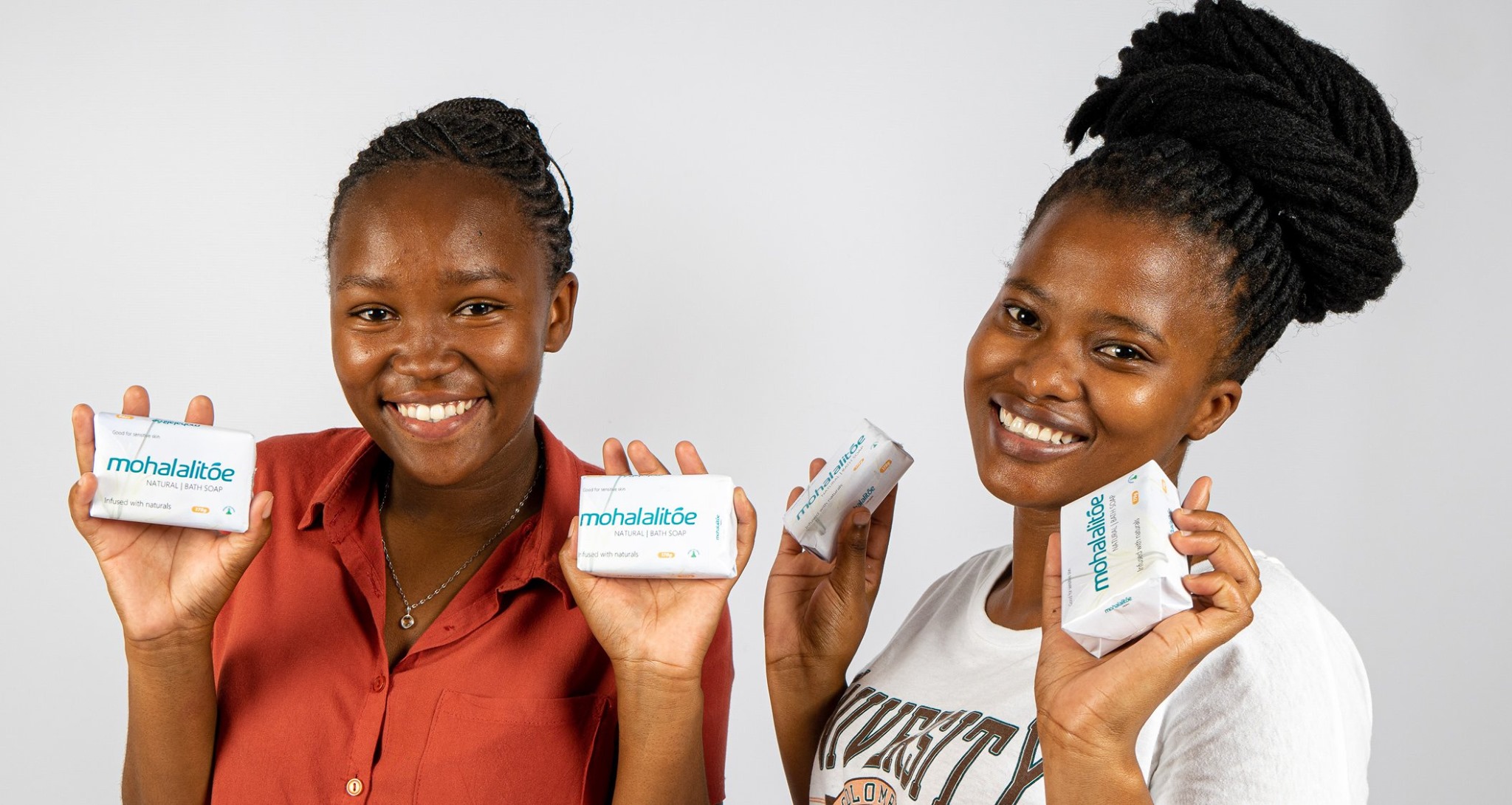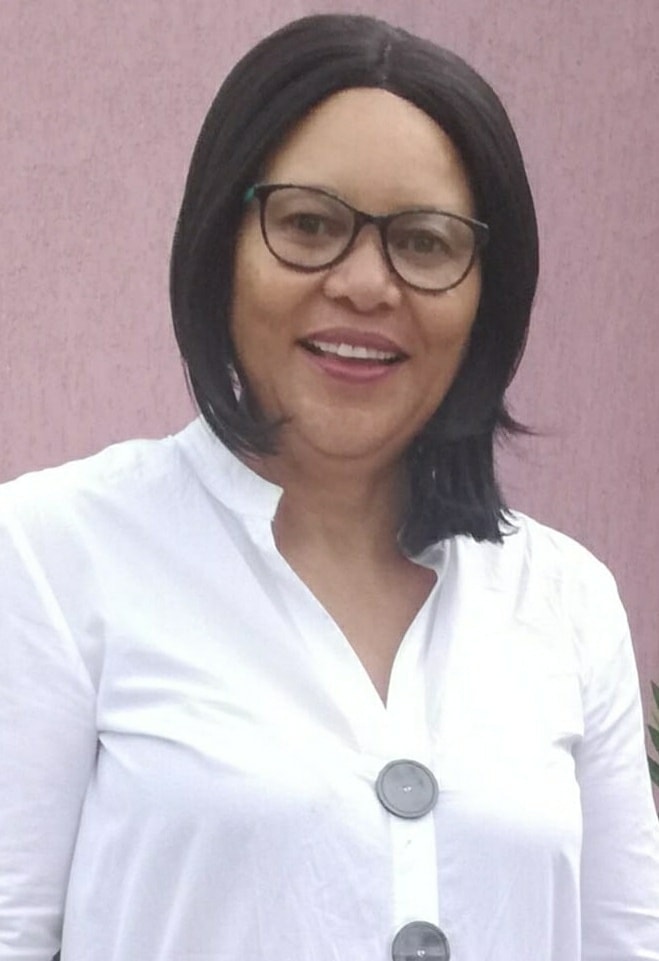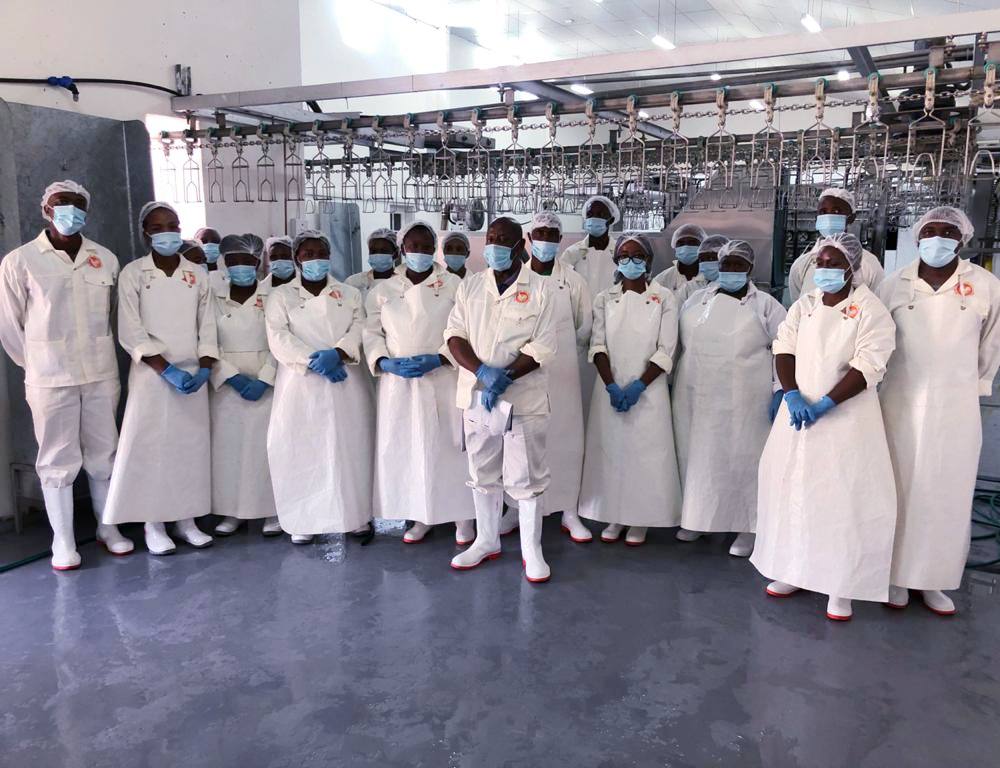An international Organisation, AD Scientific Index, just ranked the National University of Lesotho (NUL)’s Professor Heilemichael Alemu the best scientist in Lesotho! He is leading, not just in Physical Sciences, but in all sciences including Applied Sciences, Social and Human Sciences, etc. In addition of ranking universities all over the world, AD Scientific Index ranks individual scientists in their University, Country, Region and the World.
Prof Alemu has been a scholar in Ethiopia, Germany, United Kingdom and Austria but he decided to settle in Lesotho in 1998 where he continued to pursue his research in Electrochemistry, Electroanalytical Chemistry, and Material Science to this day at the Department of Chemistry and Chemical Technology. Widely published, here is how he is ranked according to the index: https://www.adscientificindex.com/?country_code=ls
It is not by surprise that the Index, which considers a scientist’s overall work and its influence over the past 5 years, has found Prof Alemu taking the lead. Those who know him will attest to the fact that he combines brilliance and hard work.
“I came to Lesotho in September, 1998, a month before the political upheavals,” he introduced his adventures into the Mountain Kingdom. No doubt his was a baptism of fire! Just a month since he arrived at NUL, the country descended into a political chaos and Maseru was burned down!
________________________________
Milco is the chainstore that will sell only Lesotho products. Join it here:
But he remained optimistic.
He had seen and heard worse things happening all over the world which came to pass.
In time, he settled and started pursuing his research interests in probably one of the least funded universities in Africa, which, nonetheless, punches above its weight.
His research interests are mainly in the areas of Physical Electrochemistry in the studies of thermodynamic properties of ions and electrons in between two immiscible electrolyte solutions (liquid/liquid electrochemistry), Electrocatalysis of amorphous metals for hydrogen evolution reactions, Electroanalytical Chemistry, Material Science (synthesis, characterization and applications of nano-materials), and Antioxidant Properties/Capacities of Medicinal Plants.
Let’s demystify these areas of research a little bit so you can appreciate the problems he has to deal with. Although his work is too complex, we will make simple examples so you can have an idea.
Let’s suppose that you have the legendary oil and water mixture (immiscible phases). One of the most famous statements about oil and water is that “they don’t mix.” The reason is not so much that water molecules “hate” oil molecules or vice-versa. The reason is that water molecules are more comfortable hanging around each other than hanging with “strange” oil molecules and vice-versa.
Now, suppose you get some sodium ions (could be from common salt or sodium chloride), in a container that has both oil and water and you shake and then allow the mixture to settle. Water will separate from oil and after some time, you are going to find all of sodium ions in the water side.
Again, sodium ions do not necessarily “hate” oil, they are just comfortable around water molecules and water molecules love them—too! In fact, every time a sodium ion finds itself in water, water molecules come and surround the ion. “That process we call solvation, and the energy between the ions and water molecules is called solvation energy,” the professor said.
And here comes a problem.
What if you want to have these sodium ions cross the boundary from the water side into the oil side? Remember they “prefer” to be in the water phase. So you will need to bring a bit of force to get them into the phase in which they are not that “comfortable.”
That force can come in the form of electricity.
“If you apply enough potential,” Prof said, “these ions can move from the water phase to the oil phase. However, if you reduce the potential, they can actually come back to the water, their preferred position.”
Why is studying this important?
According to Prof, “transfer of ions through phase boundaries is common in many natural and man-made systems. We can improve those systems if we understand them better.”
Think about how this science can be used in the applied area of Catalysis.
You will recall that a catalyst is that substance which speeds up a chemical reaction. Suppose you have substance A in the water side and substance B in the oil side. These two can react if they are brought together. First you can make sure A binds itself to a catalyst, which is also on the water side. Then you can apply electricity to move the catalyst from the water side to the oil side where B now reacts with A.
“You want to make sure that the catalyst doesn’t hold too tight to A such that when time comes for A to meet B, the catalyst doesn’t “want” to release A,” he said.
Professor Alemu has also explored the areas of amorphous metals which act as catalysts that split water molecules into hydrogen and oxygen. He has also explored the Electro-Analytical Chemistry which is used in the field of analysis and measurements of environmental samples. “We use Electro-Chemistry either to identify certain substances or to quantify them.” In fact, many modern measuring machines are based on Electroanalytical Techniques.
Looking back after 23 years at NUL, Professor Alemu said he is proud to have trained so many students, most of whom got absorbed in various scientific fields around the world. He also introduced Master’s program in Chemistry and a highly successful Chemical Technology program at NUL.


